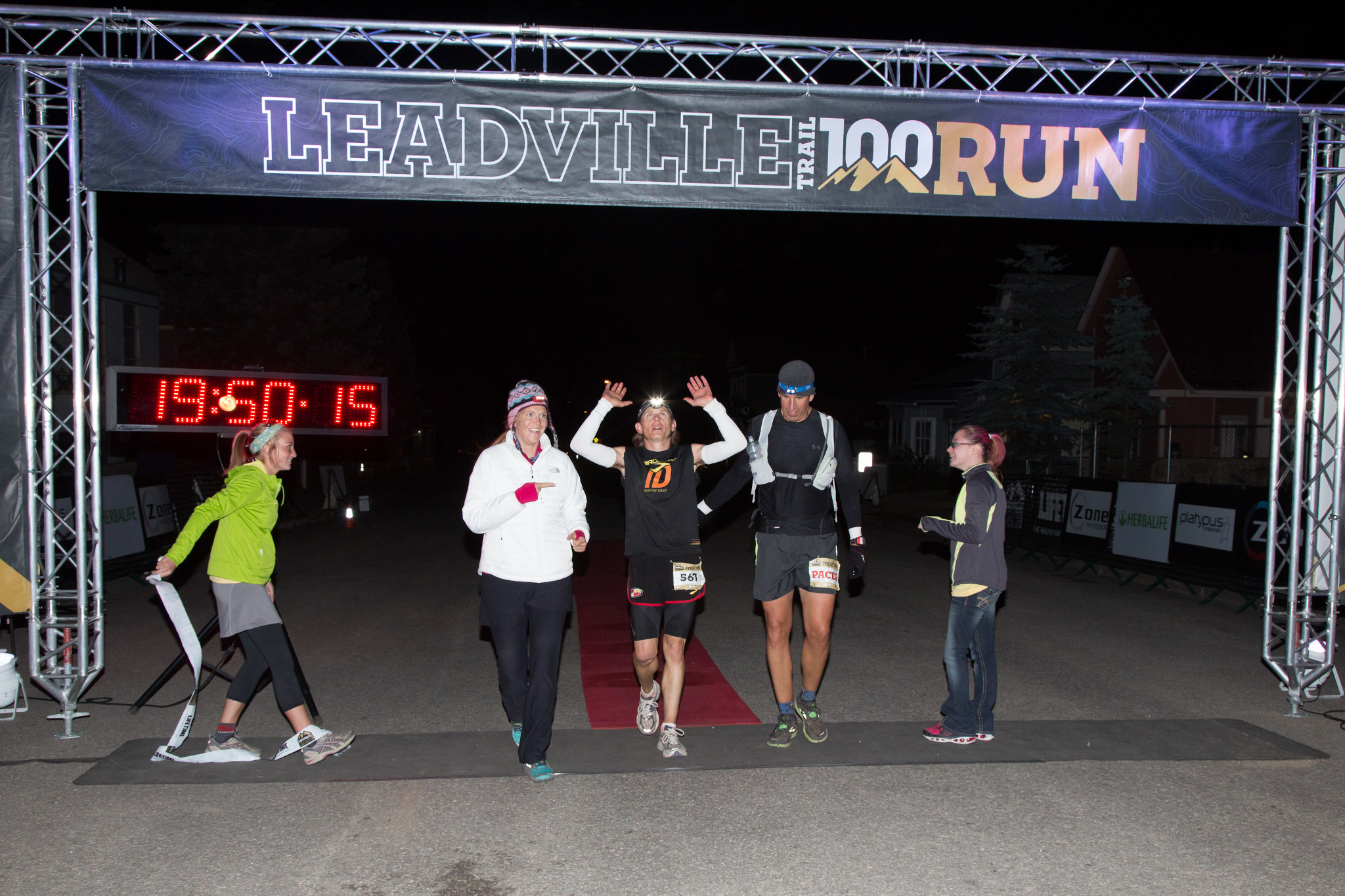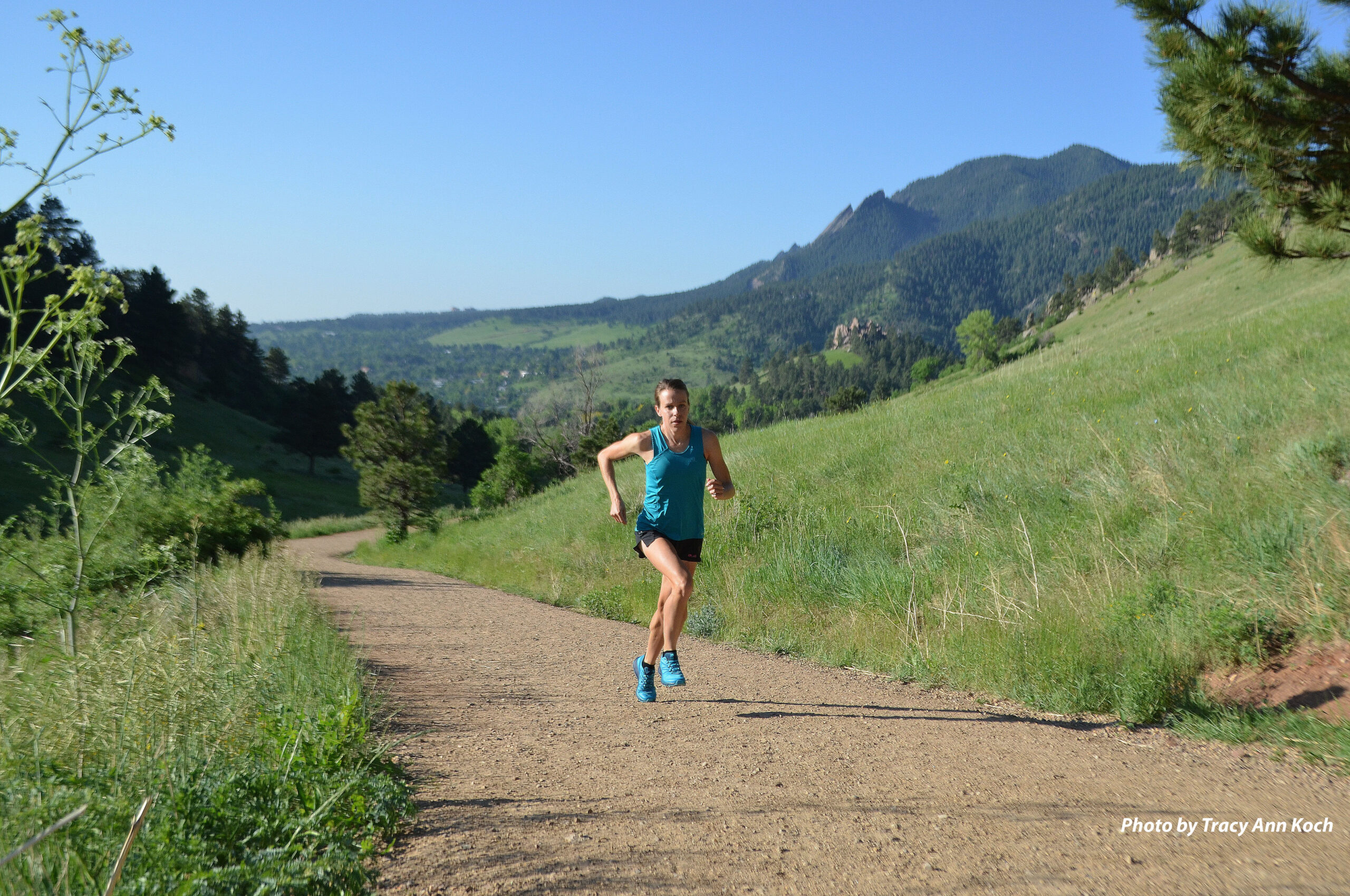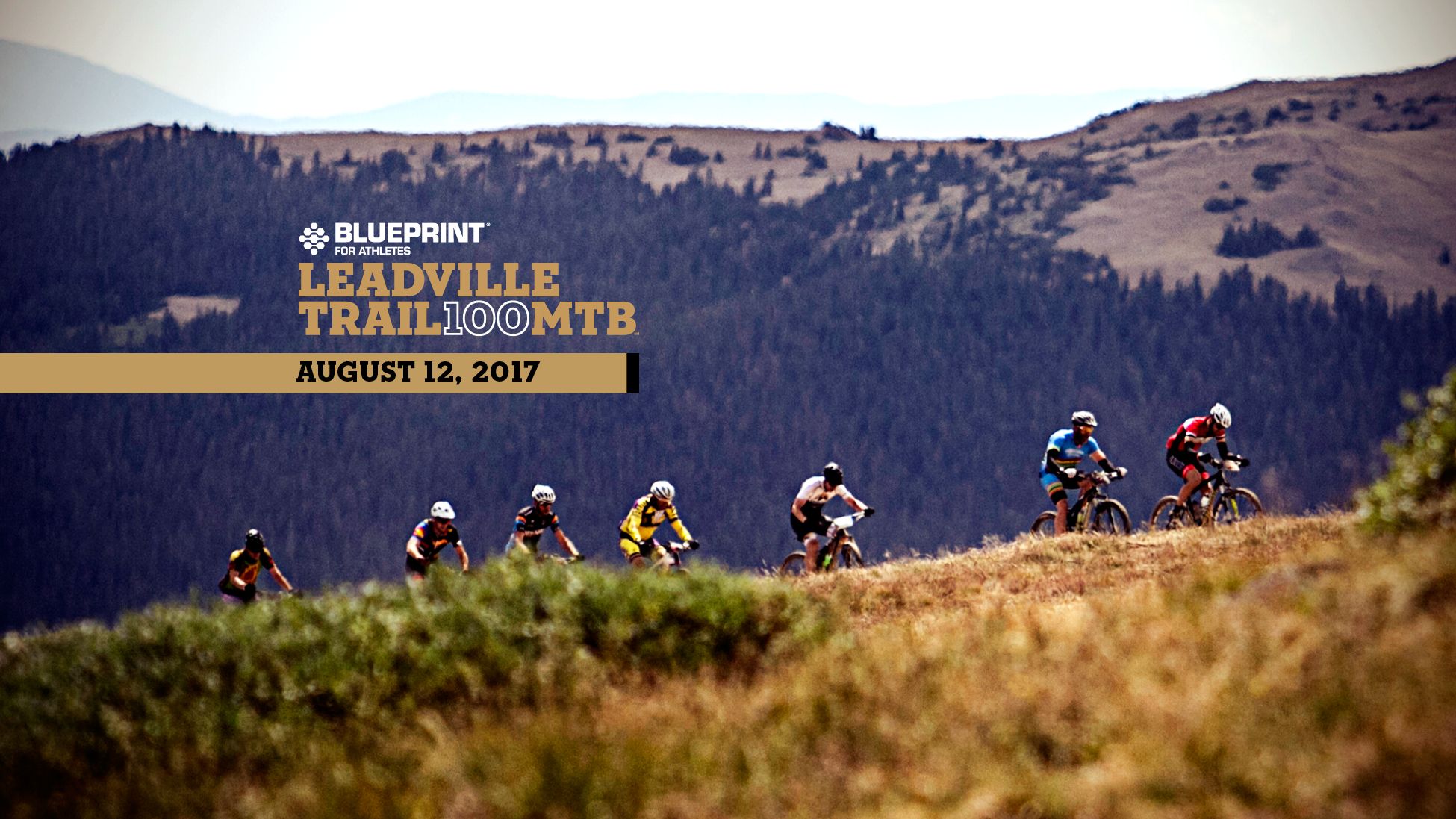Face of the Race: Kim Fuess
In our world of endurance racing, we have a pet name for the races we love. We call them sufferfests. And while we often try to describe the extent of our suffering in words, Strava — that tracker of runs and rides and (usually) friendly competition — has sought to quantify it with its Strava Suffer Score, a number assigned to a given activity in order to determine its level of difficulty.
One ultrarunner who has a close relationship with suffering for her sport is Kim Fuess of Santa Clarita, CA, the last official finisher in the 2012 Leadville Trail 100 Run and the earner of the year’s highest Strava Suffer Score. We caught up with Kim to find out what that particular distinction means to her, and although it’s true she encountered some brutal turns during Leadville and a very long couple of days, Kim says her Epic 1860 Strava Suffer Score doesn’t necessarily mean she suffered more than anybody else out on the trail that day. “Everybody suffers in ultras,” she says. “It’s what we do.”
This was your second time doing the LT100. Why did you come back in 2012?
Leadville in 2011 was my first 100. It was a great experience. It was one of those runs where just about everything went right. When I didn’t get into Western States in 2012, I wanted to come back and try to earn another Leadville buckle and improve my finish time.
Your Strava Suffer Score was recorded at Epic 1860. Translate for us: what does that number mean to you in plain English?
This is such a hard question to answer. I run ultras and I like the challenge of difficult or technical courses. So at a minimum I am out on the course more than 10 hours for a 50-miler and almost 30 hours for a 100-miler. There are just a lot of unexpected things that get thrown at you when you are out there so long. So when I see an epic suffer score like that, it means I was able to adapt to all the challenges the trail and my body threw at me.
We have the data to prove that you achieved the highest suffer score. Now give us some anecdotal evidence. What are some of your most Strava Suffer Score-worthy stories or moments from the trail?
I was only making aid station cutoffs by 10 minutes from Twin Lakes so I was feeling a lot of pressure, and at the last aid station the cutoff margin was even less. By the singletrack trail around Turquoise Lake, my legs were starting to cramp every time I hit a slight grade. My stomach, which had been bad for hours, took a turn for the worse and I started to dry heave. I was cramping and puking and I had to do that while still moving forward because I couldn’t spare a minute or I would not finish within 30 hours. With the combination of fatigue from being out there so long, the nausea, cramping, and pressure from fighting cutoffs, I probably would have cracked if it hadn’t been for my pacer encouraging me that we could make it in time.
We dug up a few choice synonyms for suffering. Do any of these describe your experience at Leadville: ache; agonize; ail; be wracked; wounded; droop; endure; feel wretched; have a bad time; languish; deteriorate?
Actually, none of the words above best describe my experience at Leadville. I think persevere best describes last year’s race for me. I know I felt several of those “suffering” descriptions during the race but I also knew that no matter how bad I was feeling or hurting that those feelings and sensations would probably change (maybe for the better) in a couple miles or a couple hours. I just focused on moving forward.
How would you describe the good moments?
Magical.
As an athlete and ultrarunner, what have you learned about the importance of suffering for sport?
Suffering and discomfort is just part of endurance events. All of us who run ultras – whether someone is out there 16 to 18 hours or as long as I was, their heart rates are just as high. It’s just what we do. That I had the highest suffer score doesn’t mean anything. I’m just one of many. Everybody is out there suffering.
How do you use Strava in your athletic pursuits?
Strava has fabulous information, an easy-to-use interface and is just an overall great tool for both cycling and running. The way Strava has set it up so you can look at your mile-to-mile info is great. I think more runners would use it if they knew how helpful it can be, and that it’s not just about the competition. The competition part of it is fun, but for me, it’s more about the tools. I can go out and do a training run, then come back and look at the segments — which are exact — and see exactly where I was having problems, analyze my heart rate, and see what I was doing every mile.
Do you plan to return this year for a third LT100?
No. I am going to use 2013 to work on improving my weaknesses (strength and power) so I can come back in 2014 and run a better race.



